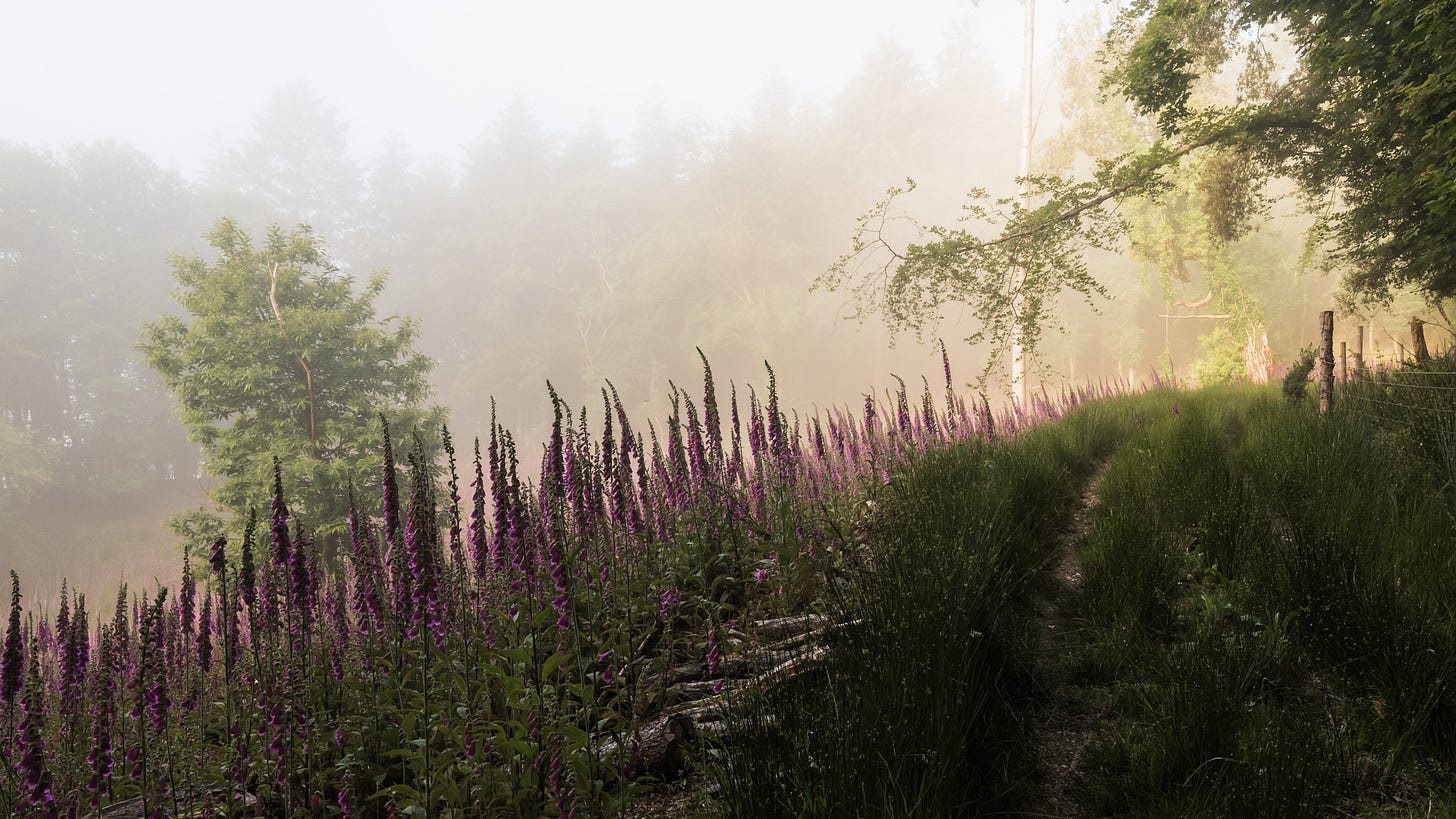Herding Herbivores... Or is it Pigeons?
The annual round-up at LettsSafari parks is like herding pigeons!
Last weekend we set out for the first annual herding of herbivores at Dawlish Park, one of the LettsSafari parks. This was mostly a rehearsal for more formal round-ups in a few weeks time, when we have a larger team, more animal checks, and transport vehicles waiting to take the young off to other conservation projects.
The rehearsal is necessary to make sure that everything goes smoothly when it really matters. Dealing with wild herbivores is almost never smooth sailing!
It’s also not for the faint-hearted: Get up at dawn, head into the mist covered wildlands, set up temporary fencing, give final instructions to the wildlife-trained, but-still-very-young border collie (so hopefully she does most of the work) - and pray to anyone who might listen!

We had to work out the right breed of herbivores (from a large potential spread of species) for eco safari parks and smaller-scale rewilding projects. It had not really been done before we started. Today we host (and breed) Black Fallow deer, wild alpaca, Soay and Badger Faces.
We stumbled into the early morning mist, on foot, wading through waist high grasses and even higher scrub, looking for our first group of Badger Faces (a small herbivore with badger like markings that acts as a proxy for a small deer). They’re generally the most compliant so we thought we’d tackle them first.
Strangely they were quite co-operative! And twenty minutes later we had them neatly closed off in a small area of grassland. This was worryingly easy. Generally a not-so-good omen for what might follow.
Next the wild alpaca - without the help of the border collie because she knows, by now, to stay as far away from them as possible. Have you ever met a wild, male alpaca when he’s trying to get some early morning shuteye?
They’re an alpha herbivore in Dawlish Park and will happily kill wild dogs and foxes to protect the young. The image is worth a 1,000 words! (No doubt trying to lull us into a false sense of security).
This mix of specialist herbivores manage the safari park on our behalf and create the conditions for natural habitat regeneration. They eat back invasive species such as creeping bramble, ragwort and nettle. They use their hooves and horns to beat back bracken and dirt (to create space for wildflower seed and acorn) and they eat the gorse flower which checks the plants growth. Their manure scatters a variety of seeds across the park.
Last, and by all means least, we approached the Soay. A small wild, primitive proxy for a grazing deer or gazelle. There are just a 1,000 of these amazing animals left in the world. They are flighty at the best of times. Three hours later we were glad this was just a rehearsal. They had us going round and round and round. Endless, agonising circles to nowhere.






